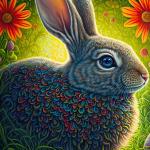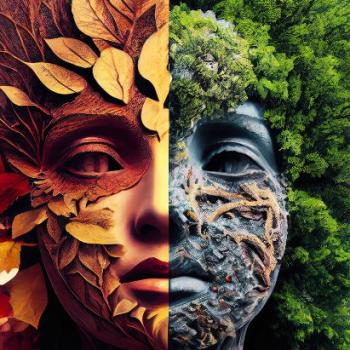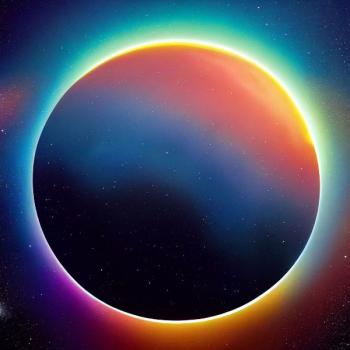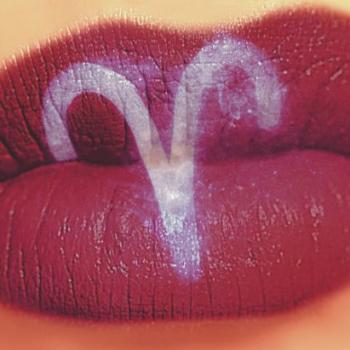One of my frequent scrolls along the witchy crevices of the interwebs led me to the question: “What women do you look up to?” posted to a witch group.
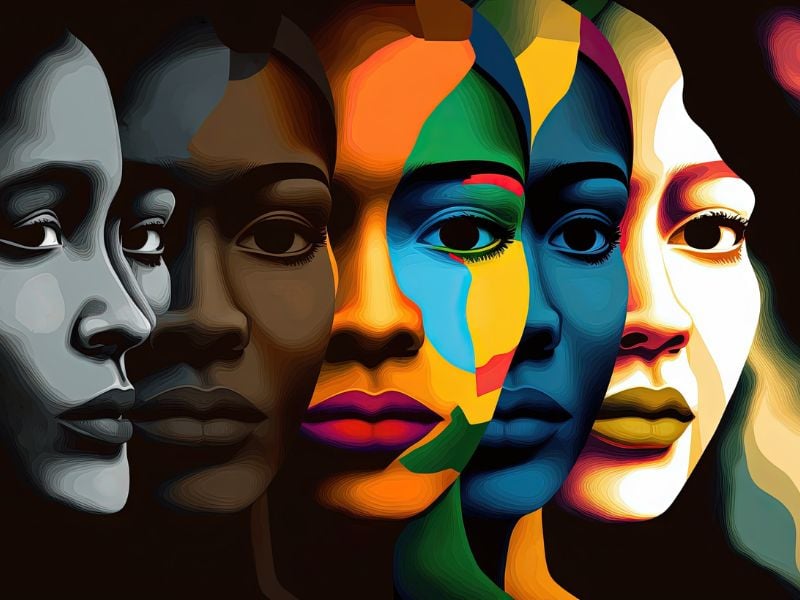
I appreciated the question as it specified those who identify as women. This is for several reasons. Notably, sexism is present in many spheres, and the witchcraft arena isn’t an exception. The most popular voices are most often those of men, and while they are quite talented, many women practitioners are as talented and as educated, if not more so.
I have been hesitant to voice this observation for fear of backlash, but at this point, I’m not particularly concerned. Perhaps my progression into my later 30s has increased my intestinal fortitude, and now that I am no longer prime for the picking, I can fully embody my hag era: warts, aquiline nose, and all.
It’s refreshing.
So, in honor of Women’s History Month, this article will focus on 3 prominent historical women in the occult sphere for the sake of being succinct. While there are many more, I encourage you to add your most beloved—historical or modern-day—in the comment section of this article so we can continue the conversation and highlight influential women in the occult.
Marie Laveau

Marie Laveau, who passed in 1881, was a Voodoo practitioner who was born to Marguerite Darcantrel, a freed person of color, and Charles Laveau, a white man. Per Britannica’s article, “Marie Laveau,” there appears to be conflicting information on her birth year, with some sources stating 1794 and others stating 1801.
Due to the oral traditions associated with this practice, much of what is known about Marie Laveau is speculative. Further compounding this issue is that Marie Laveau also had a daughter who was her namesake. It is possible that the historical claims can be attributed to either Marie Laveau, and it can be difficult to ascertain which one a text is referencing with absolute certainty.
What is known is that Laveau resided in the city of New Orleans, Louisiana. She has fascinated me for as long as I can remember. While I am not a Voodoo Practitioner, I have visited her tomb in St. Louis Cemetary No. 1 many times throughout the years. While it hasn’t always been the case, the cemetery can only be entered if you’re accompanied by a tour guide. This is due to the desecration of her grave as many people visit and mark the tomb with Xs as well as leaving coins and other offerings.
In one recent trip to the cemetery, the tour guide painted a tale of her history in which she was the owner of a hair salon. It was proposed that this hair salon was the source of many of her clients. Marie Laveau is renowned for her psychic and healing abilities and was said to assist many of New Orleans’s wealthiest citizens during her time.
Helena Blavatsky

Helena Blavatsky (1831-1891) was a Russian mystic who was born to a noble family in Ekaterinoslav. Ekaterinoslav is now modern-day Dnipro in Ukraine. At the time of Helena’s birth, Ekaterinoslav was a part of the Russian Empire. Helena is one of the many influential women in the occult. She is most known for her books, such as “The Secret Doctrine” (1888) and “Isis Unveiled” (1877), as well as being one of the founders of the Theosophical Society.
Her teachings had many influences, but perhaps the most influential in setting her trajectory was her grandmother. Her maternal grandmother, referred to as Madame Hahn, was known for her psychic abilities and occult interest. Madame Hahn instilled a love of the occult in her granddaughter, Helena, before her passing.
Helena lived a mostly nomadic lifestyle and traveled to many places throughout her lifetime. As stated, she was born in Russia but later traveled to Europe, spending time in Germany, France, and England, but also spent time in India and Tibet before moving to the United States in 1873. These travels were instrumental in the formation of her practice and her teachings.
While Helena remains a controversial figure, her influences on Western esotericism are worth noting. She founded the Theosophical Society n 1875 with Henry Steel Olcott and William Quan Judge. This society claimed they sought to promote the exploration of occultism but also placed emphasis on unity. The Theosophical Society still exists today. Below is an excerpt of its mission statement, which can be found on its website:
“The Theosophical Society has a mission of encouraging open-minded inquiry into world religions, philosophy, science, and the arts in order to understand the wisdom of the ages, respect the unity of all life, and help people explore spiritual self-transformation.”
Pamela Colman Smith

Pamela Colman Smith (1878-1951) was also known by the name “Pixie.” Pamela was born in Pimlico, London, to a Jamaican mother and an American father. As a woman of color, her contributions were often ignored. Even to this day, her legacy is marked by obscurity. It’s infuriating—to say the least.
Pamela lived in various places throughout her life, including London, England, and Kingston, Jamaica. In the early 1890s, she moved to New York City, where she studied art. Later, in the early 1900s, she moved back to England. Pamela was an occultist and a member of the Hermetic Order of the Golden Dawn. Her appreciation of the occult was frequently depicted in her artwork as well as her writings.
She is best known as the illustrator of the iconic Rider-Waite-Smith Tarot deck. The Rider Waite Smith deck was a collaboration between Arthur Edward Waite, an occultist, and Pamela Colman Smith. Waite provided the structure and the concept of the deck, and Smith brought this vision to life through her artwork. This deck was originally published through the Rider Company in 1909. Thus, this became the “Rider Waite Smith” deck that we know today.
According to U.S Games, which now owns the rights to the deck, in Catalog 83, she is described as “an artist, writer, poet, author, folklorist,editor, suffragette, publisher, and costume and stage designer.” Pamela Colman Smith authored several books, such as “Annancy Stories,” which was a collection of Jamaican folktales, and “The Golden Vanity and Other Stories.”
She was a remarkable woman, and it’s a shame that it’s exceedingly difficult to find sources documenting her fascinating life.
Sources:
While I often try to include my sources within the text, this article was packed with historical references. As such, I am including them below for you to continue your research. As always, I am only one person with one interpretation of my readings, and these are only a handful of sources. I encourage you to explore more independently.
Marie Laveau: American Vodou Queen
Marie Laveau: New Orleans Voodoo Queen


